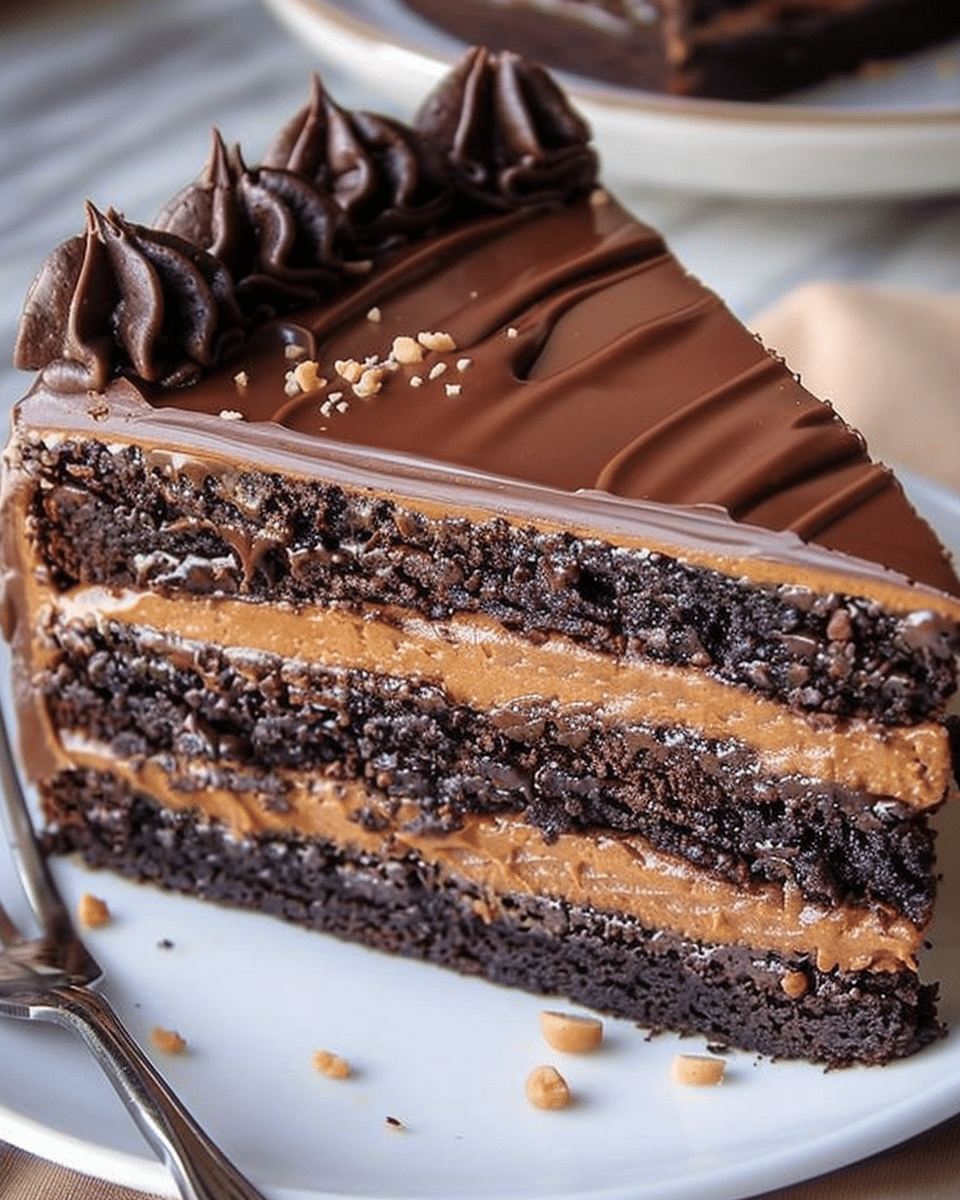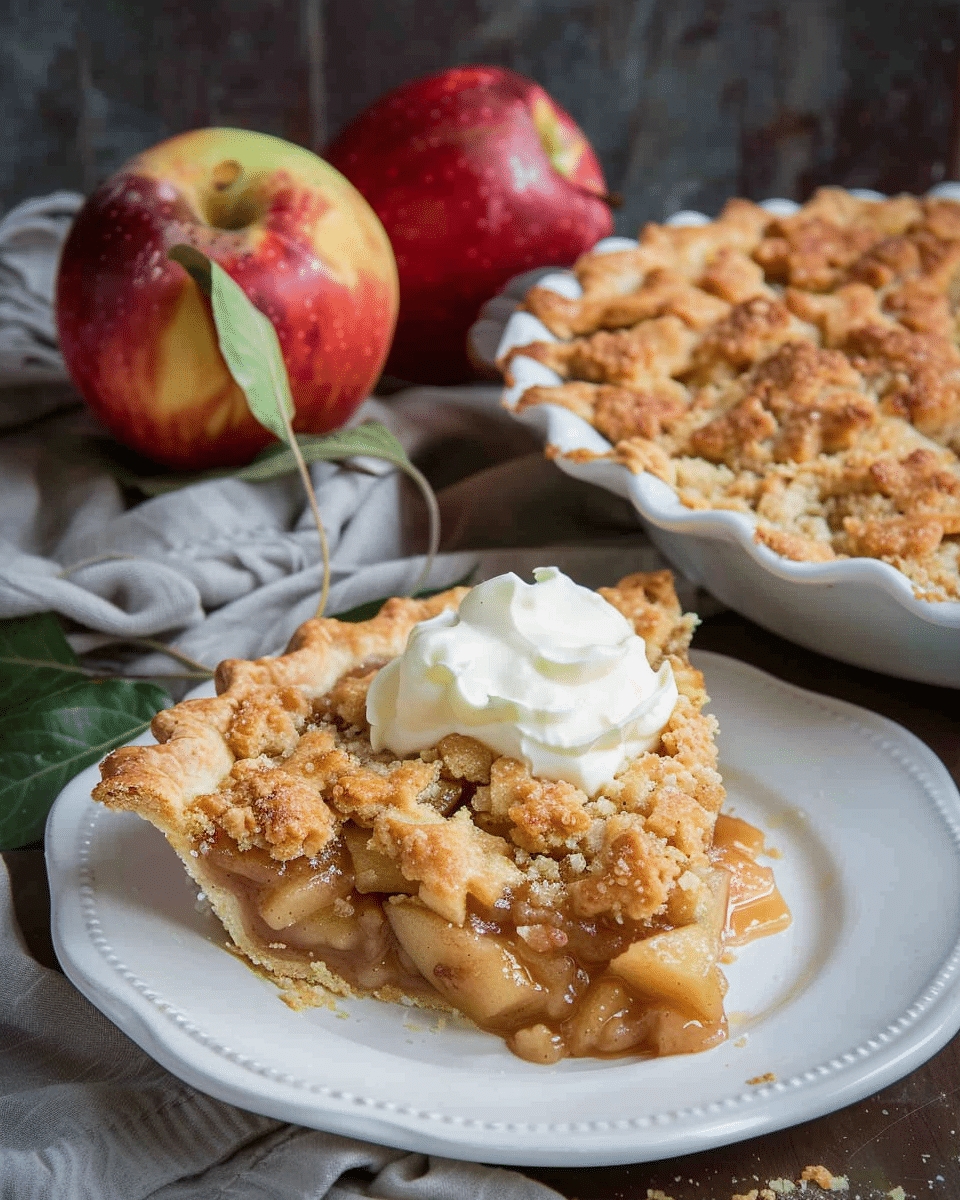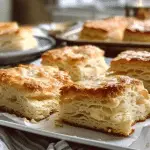Baking is both an art and a science, where each ingredient plays a crucial role in creating the perfect dish. One such indispensable ingredient is baking soda, known for its unique properties that contribute to the texture, rise, and flavor of baked goods. But what happens when you reach for the baking soda and realize the box is empty? Panic might be the initial reaction, but worry not, as there are several effective baking soda substitutes that can come to the rescue in such baking emergencies.
In this comprehensive guide, we will delve deep into the world of baking soda, understanding its role and significance in baking. We will explore various alternatives that can be used in place of baking soda, ensuring your baking endeavors are never halted. From common ingredients like baking powder and self-rising flour to more unconventional ones like whipped egg whites and club soda, we will discuss when and how to use each substitute, and what to expect from them in terms of results.
Embark on this informative journey to uncover the mysteries of baking soda and its alternatives, and equip yourself with the knowledge to make informed decisions in the kitchen, ensuring your baked goods are always a hit, even when baking soda is missing from the pantry.
Understanding Baking Soda
Understanding baking soda, its functions, and how it interacts with other ingredients is crucial for successful baking. This knowledge allows for effective substitution when baking soda is unavailable, ensuring that your baked creations always turn out as delightful treats.
What is Baking Soda?
Baking soda, scientifically known as sodium bicarbonate, is a white crystalline powder that is commonly used as a leavening agent in baking. It’s an alkaline compound that, when combined with an acid, produces carbon dioxide gas. This reaction is what gives baked goods their lift and light, airy texture.
The Role of Baking Soda in Baking
In the realm of baking, baking soda is a literal workhorse. It’s responsible for providing the lift and fluffiness in baked goods like cakes, muffins, and cookies. When baking soda is mixed with an acidic ingredient (such as buttermilk, yogurt, or lemon juice) and heated, it produces carbon dioxide. This gas gets trapped within the batter or dough, causing it to rise and expand, creating a soft and spongy texture.
Beyond leavening, baking soda also plays a role in browning and flavor development. It contributes to the Maillard reaction, a chemical reaction that occurs between amino acids and reducing sugars that gives browned foods their characteristic flavor and color.
Baking Soda vs. Baking Powder
It’s essential to understand the difference between baking soda and baking powder, as they are not interchangeable. Both are leavening agents, but baking soda needs an acid to activate, whereas baking powder already contains an acid and only requires moisture and heat to start working. The presence or absence of acid in recipes will determine which of these two ingredients should be used.
Can Baking Soda be Omitted?
In some simple recipes, it’s possible to leave out baking soda, but this will affect the texture and rise of the baked goods. For instance, omitting baking soda in cookie recipes might result in denser cookies that do not spread as much during baking.
Baking Soda Substitutes
Navigating the world of baking without baking soda might seem daunting, but various alternatives can effectively replace it, ensuring your baked goods still rise and shine. Below, we explore different baking soda substitutes, their uses, and how to substitute them in recipes.
A. Baking Powder
When to Use It: Use baking powder as a substitute in recipes that call for baking soda.
Why It Works: Baking powder, like baking soda, is a leavening agent and helps baked goods rise. It contains both an acid and a base, making it suitable for recipes that do not have acidic ingredients.
How to Substitute: To substitute baking powder for baking soda, use three times the amount of baking soda called for in the recipe.
B. Self-Rising Flour
When to Use It: Use self-rising flour in recipes that call for flour and baking soda.
Why It Works: Self-rising flour contains baking powder and salt, making it a pre-leavened flour suitable for baking.
How to Substitute: Replace the regular flour in the recipe with an equal amount of self-rising flour. Ensure you have used three times the amount of baking powder to the baking soda called for in the recipe.
C. Whipped Egg Whites
When to Use Them: Use whipped egg whites in simple baking recipes like cakes and muffins.
Why They Work: Whipped egg whites introduce air into the batter, providing lift and lightness.
How to Substitute: For every teaspoon of baking soda, substitute with two whipped egg whites. Adjust the liquid in the recipe accordingly.
D. Club Soda
When to Use It: Use club soda in recipes that call for a liquid and baking soda.
Why It Works: Club soda contains carbon dioxide, which can help provide lift to baked goods.
How to Substitute: Replace a quarter cup of the liquid in the recipe with club soda.
E. Potassium Bicarbonate
When to Use It: Use in any recipe that calls for baking soda.
Why It Works: Potassium bicarbonate has similar leavening properties to baking soda but does not contain salt.
How to Substitute: Substitute in a 1:1 ratio, adding a third of a teaspoon of salt for every teaspoon of potassium bicarbonate used. For more detailed information on substituting potassium bicarbonate in recipes, check out this helpful guide on potassium bicarbonate.
F. Baker’s Ammonia (Ammonium Carbonate)
When to Use It: Use in thin and crispy baked goods.
Why It Works: Like baking soda, baker’s ammonia releases gas when heated, causing baked goods to rise.
How to Substitute: Substitute in a 1:1 ratio.
Conclusion
While these substitutes may not perfectly mimic the properties of baking soda, they can certainly save the day in a baking pinch. Understanding how and when to use each substitute empowers you to bake with confidence, even when your pantry is missing some staples.
Additional Tips and Considerations
When substituting baking soda with other ingredients, it’s essential to keep some additional tips and considerations in mind to ensure the success of your baking endeavors. Below are some insights and suggestions to guide you in the process:
A. Adjusting Quantities
- Tip: Be mindful of the quantities when substituting. For example, you generally need to triple the amount of baking powder when replacing baking soda.
- Consideration: Too much or too little of a substitute can affect the taste, texture, and rise of your baked goods.
B. Considering Texture and Flavor
- Tip: Understand that substitutes may not perfectly replicate the effects of baking soda, and the texture and flavor of your baked goods may be slightly different.
- Consideration: Some substitutes, like baking powder, may make baked goods fluffier, while others may not provide the same browning effect.
C. Timing Matters
- Tip: Work quickly, especially when using substitutes like club soda, as the leavening effect starts immediately.
- Consideration: Delay can lead to loss of rise and a denser texture in the baked goods.
D. Testing and Experimentation
- Tip: Don’t hesitate to experiment and test different substitutes to find what works best for specific recipes.
- Consideration: Each recipe is unique, and the effectiveness of a substitute can vary.
E. Mind the Acidic Components
- Tip: Be aware of the acidic components in your recipe, as they interact with leavening agents.
- Consideration: Some substitutes may require additional adjustments to balance the acidity.
F. Health and Dietary Concerns
- Tip: Consider the health and dietary implications of the substitutes. For example, use potassium bicarbonate for a sodium-free option.
- Consideration: Ensure the substitute aligns with dietary restrictions and health goals.
G. Be Prepared for Trial and Error
- Tip: Be prepared for some trial and error as you explore different substitutes and adjustments.
- Consideration: Patience and a willingness to learn and adapt are crucial for successful substitution.
Conclusion
Armed with these additional tips and considerations, you are better equipped to navigate the world of baking soda substitutes. Remember that flexibility, observation, and adaptation are key to finding the perfect substitute and achieving baking success, even without the presence of baking soda in your pantry.
FAQs
What can I use if I don’t have baking soda? Use baking powder as a substitute. For each teaspoon of baking soda, use three teaspoons of baking powder.
What else is the same as baking soda? Nothing is exactly the same, but baking powder or potassium bicarbonate can be used as substitutes.
Can I use cornstarch instead of baking soda? No, cornstarch cannot replace baking soda as they serve different purposes in cooking and baking.
What can I use instead of baking soda in banana bread? Use baking powder as a substitute for baking soda in banana bread. Triple the amount for best results.
How do you make baking soda? Baking soda is not made at home. It’s a chemical compound (sodium bicarbonate) mined and refined for use.
What happens if I use cornstarch instead of baking powder? Using cornstarch instead of baking powder will not allow your baked goods to rise, leading to a dense texture.
Conclusion
In the world of baking, where precision is paramount, the absence of baking soda can seem like a significant hurdle. However, as explored in this guide, numerous effective substitutes can seamlessly take the place of baking soda, ensuring that your baking journey continues uninterrupted. From baking powder to club soda, each substitute offers unique properties and considerations, and understanding how to use them effectively is crucial for achieving optimal results.
While each substitute may bring slight variations in texture, flavor, and appearance, embracing these differences is part of the culinary adventure. The key lies in experimentation, adaptation, and a keen understanding of each ingredient’s role and interaction within a recipe. It’s also essential to keep in mind the additional tips and considerations, from adjusting quantities to considering dietary implications, to ensure successful and satisfying baking outcomes.
In conclusion, the world of baking is rich and diverse, and even the absence of a fundamental ingredient like baking soda opens the door to learning, exploration, and the discovery of new techniques and alternatives. So, the next time you find your baking soda container empty, approach the situation with confidence, armed with the knowledge and insights from this guide, and look forward to delightful and delicious baked creations. Happy baking!









